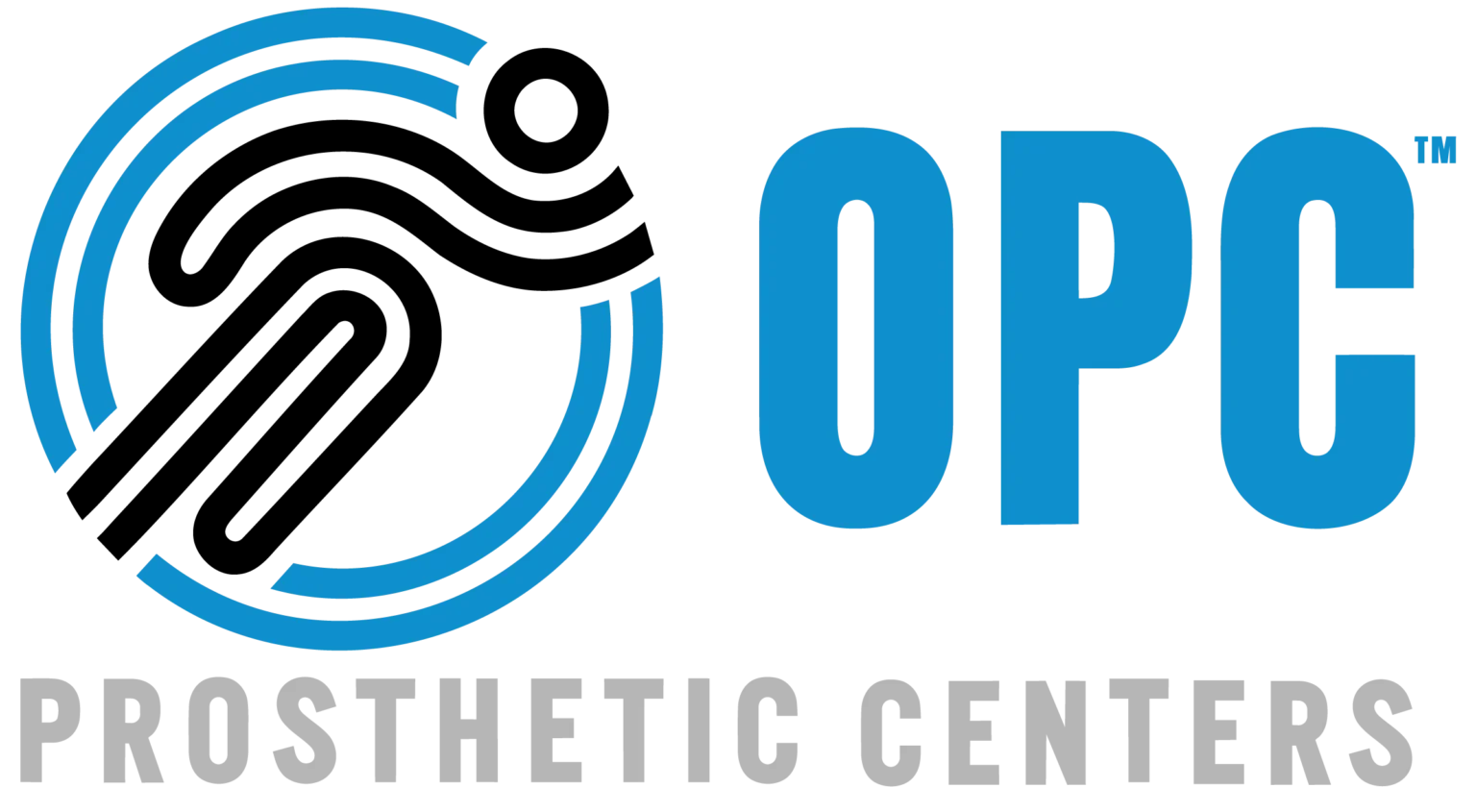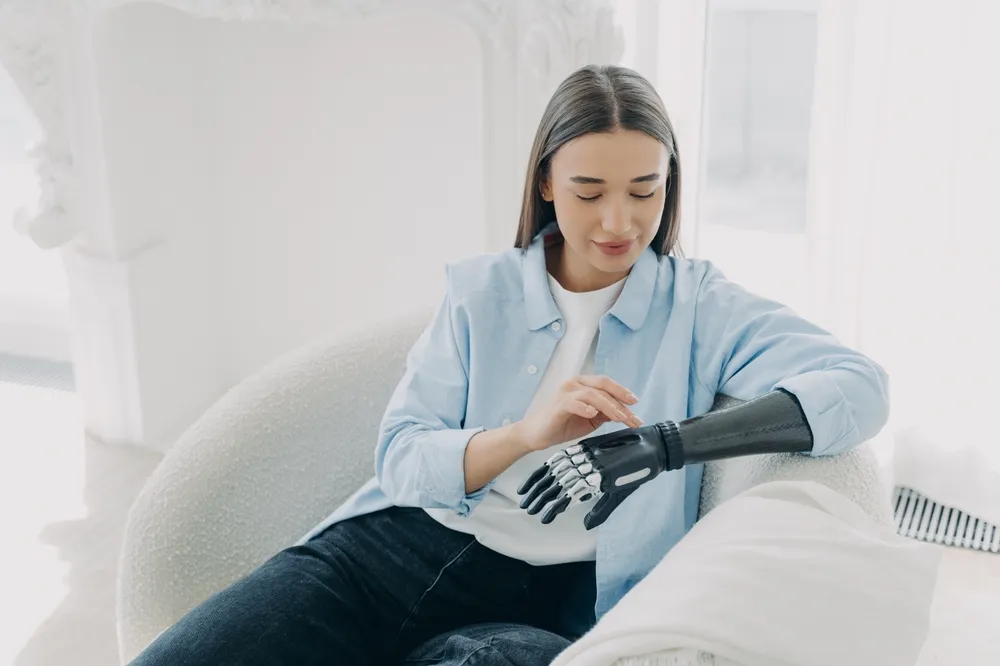Losing an arm changes life in many ways. Tasks that once felt easy suddenly feel impossible. Yet, arm prosthetics are giving people a second chance. Not only are these devices smart, but they’re also built with comfort in mind. Most importantly, they help people do more with less effort.
Today’s arm prosthetics offer real solutions. They’re made to move smoothly and feel natural. They also help users do things on their own again—whether it’s tying a shoe or lifting a bag. Let’s look at how these tools are making a difference.
1. Better Control and Grip Strength
Early models were stiff and hard to use. But now, arm prosthetics allow smoother hand and finger motion. This means users can grip items with more ease. From holding a spoon to picking up keys, control has improved greatly.
Also, many devices have sensors that read muscle signals. These sensors send information to the hand so it moves naturally. Some devices even offer different grip styles for different tasks.
Moreover, users can adjust how tight the grip is. That adds comfort and avoids damage to items like eggs or paper cups.
2. Improved Independence in Daily Tasks
Being able to do things alone is a big deal. Modern arm prosthetics help with that. Whether it’s buttoning a shirt, brushing teeth, or carrying a backpack, these devices offer freedom.
Also, being able to feed yourself or open a jar gives a huge sense of achievement. Even more, these small wins bring confidence and pride.
In addition, many users say they feel less dependent on others. This change makes life feel normal again—even in new ways.
3. Boost in Confidence and Self-Esteem
Losing a limb can affect how someone feels about themselves. But well-designed arm prosthetics often look and feel good to wear. They give people the courage to meet others, try new things, or return to work.
Moreover, when people can do things on their own, they feel more in control. That confidence spreads into social life and even mental health.
Also, some people choose designs that show their personality. Bright colors, cool patterns, or sleek finishes make them feel proud to wear it.
4. Custom Fit for Comfort and Movement
No two people are the same. That’s why arm prosthetics now come in many sizes and shapes. They are fitted to each person’s body and needs. This custom approach helps reduce pain, rubbing, or pressure points.
In addition, a better fit leads to smoother movement. The device moves as the body moves, not against it. That makes it easier to do everyday activities without strain.
Also, newer materials are lightweight yet strong. So users don’t feel like they’re carrying extra weight all day.
5. Better Technology for Real-Life Use
Technology inside arm prosthetics has changed how people move and live. Some use battery-powered motors to move fingers. Others rely on body-powered motion using cables and harnesses. Both give users more control than ever.
Moreover, some hands can move in more than one direction. They rotate, open wide, or even tap lightly. This gives users more options depending on what they’re doing.
Additionally, some hands can be charged like a phone. Once charged, they run all day and offer steady performance.
6. More Access to Sports and Hobbies
Fun matters too. Many arm prosthetics today are designed for sports and hobbies. Whether it’s cycling, fishing, painting, or lifting weights, there’s a device that fits the activity.
Also, special attachments are available. For example, some hands can hold tools, golf clubs, or even musical instruments.
Moreover, being able to enjoy hobbies again lifts the spirit. It also improves balance and fitness. That helps both the body and the mind.
7. Easy Care and Long-Lasting Use
Many modern arm prosthetics are built to last. They are simple to clean and easy to maintain. Also, most parts can be replaced if needed, which saves time and cost.
In addition, guides and clinics now help users learn how to care for their prosthetic arm. This support system helps keep the device working well for years.
Moreover, knowing that the arm will work when needed brings peace of mind. That feeling alone can make a big difference.
How It All Comes Together
Each benefit adds up to a better life. Arm prosthetics are not just tools. They’re bridges to independence. They bring back normal life, one step at a time.
Also, having the right support—doctors, therapists, or fitters—makes the journey easier. Together, they help people get the best from their device.
Moreover, continued use builds skill. The more someone uses their prosthetic, the better they get at moving with it.
In addition, seeing progress brings hope. First, you learn to hold a fork. Next, you tie a shoe. Soon, you’re doing much more than you thought possible.
What People Are Saying
Many users share how arm prosthetics changed their lives. Some say they now play with their kids again. Others talk about going back to work or school. Also, many mention how they feel stronger—inside and out.
Moreover, stories of success inspire others. They show that even after loss, life can go on with pride and purpose.
In addition, real experiences help improve future designs. Makers listen to what users need. Then they build tools that truly help.
Looking Forward with Strength
Arm prosthetics are more than machines. They’re part of people’s lives. They help bring back freedom, confidence, and comfort. They also open the door to a more active, full life.
Every step matters—every motion counts. For anyone starting this journey, the road ahead may be hard. Still, with the right device and strong support, a full life is possible.
Conclusion:
Life after limb loss doesn’t mean giving up. With today’s arm prosthetics, people are writing new stories. They cook, play, hug, and work again. And with each small victory, they find their strength. Just as front teeth cavity fillings fix a smile, a working arm helps rebuild a life.



